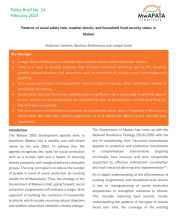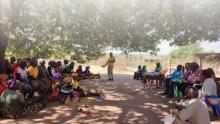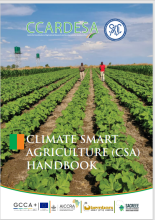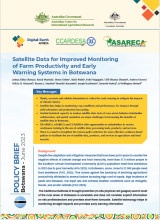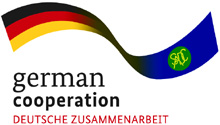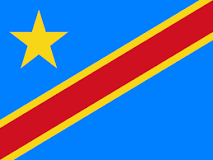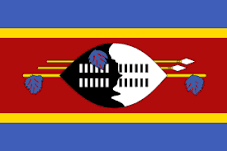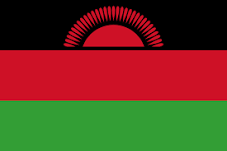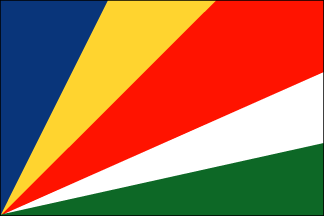This study was coordinated by the CGIAR Research Program on Climate Change, Agriculture and Food Security (CCAFS) to identify areas that are food insecure and vulnerable to the impacts of future climate change, across the priority regions for the CGIAR centres. The research was undertaken by a team of scientists from the International Livestock Research Institute (ILRI). The study relied on maps: first, of variables that indicate the different aspects of food security (availability, access and utilization), and second, of thresholds of climate change exposure important for agricultural systems. Vulnerability was assessed using a domain approach based upon the Intergovernmental Panel on Climate Change (IPCC) framework of vulnerability as a function of exposure, sensitivity and coping capacity. Nine domains were identified; for each domain, areas of the tropics were classified by high or low exposure, high or low sensitivity, and high or low coping capacity.
Ericksen P, Thornton P, Notenbaert A, Cramer L, Jones P, Herrero M. 2011. Mapping hotspots of climate change and food insecurity in the global tropics. CCAFS Report 5. Copenhagen, Denmark: CCAFS.

